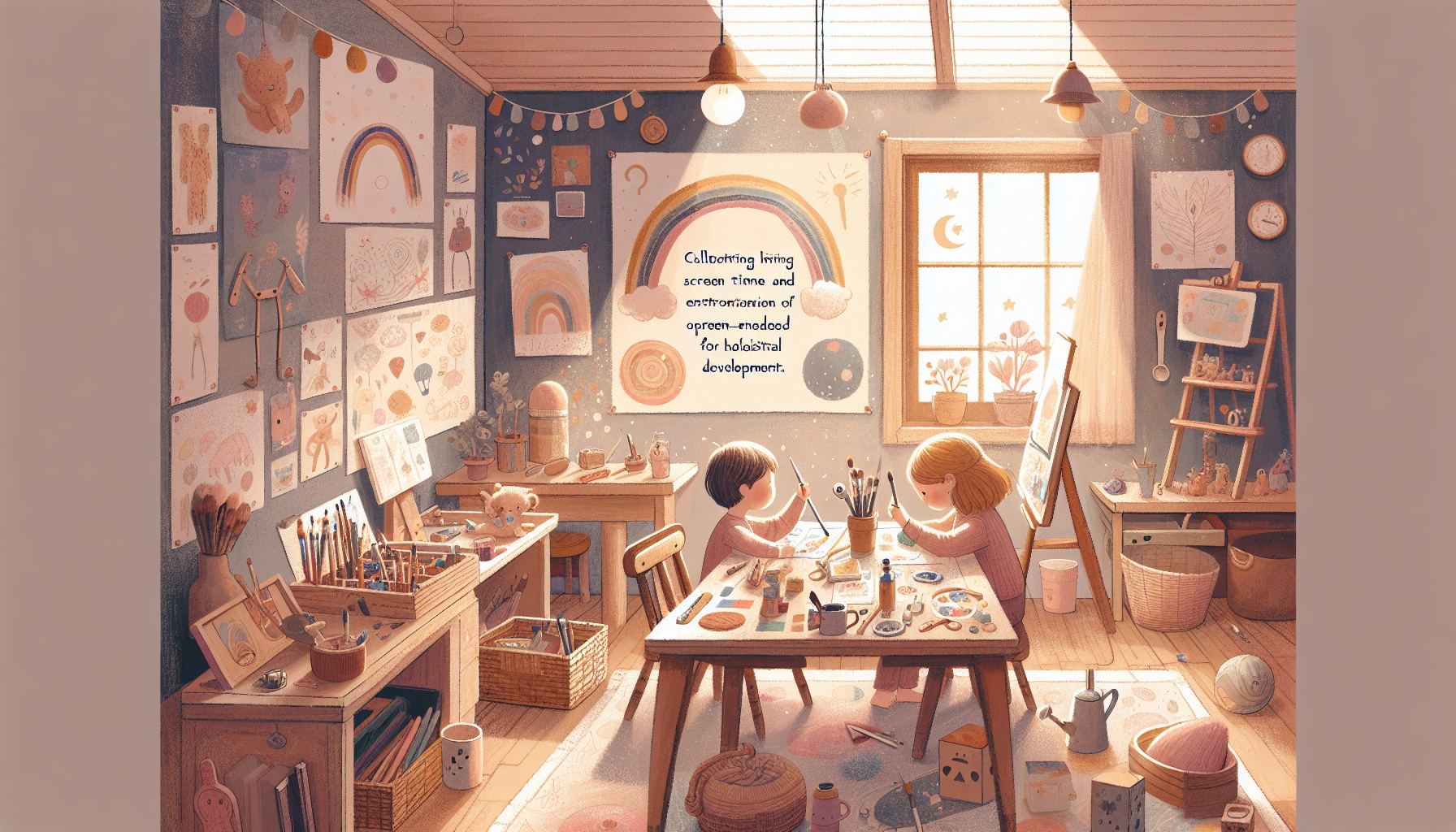“`html
Encouraging Children to Express Their Creativity
Introduction
Creativity is more than just drawing or painting—it’s a fundamental way children learn to understand the world around them, solve problems, and express their emotions. Encouraging children to express their creativity allows them to build confidence, develop critical thinking skills, and connect with their inner selves. For parents, fostering creativity is not only rewarding but also an essential part of nurturing a child’s emotional and intellectual growth.
In this article, we’ll explore why creative development is so crucial for children, discuss the psychological principles that support it, and share actionable parenting strategies to help you encourage your child’s creative side.
Why Expressing Creativity Matters for Children
Creativity is tied to many aspects of a child’s development, from problem-solving skills to emotional resilience. Studies show that children who are encouraged to express their creativity tend to excel in areas like critical thinking, communication, and adaptability. Here are a few key reasons why fostering creativity is essential:
- Emotional Expression: Creativity gives children a safe outlet to express their feelings, helping them work through emotions they may not have the words to describe.
- Problem-Solving Skills: Creative thinking encourages children to approach problems from different angles, developing their ability to think critically and innovatively.
- Confidence and Autonomy: When children see their creative ideas come to life, they gain confidence in their abilities and feel a greater sense of independence.
- Social Skills: Creative activities often involve teamwork, helping children learn to collaborate and communicate effectively with others.
For parents, understanding the importance of creative development can help you create an environment that nurtures your child’s potential and supports their overall well-being.
Psychological Foundations of Creativity
According to principles of cognitive-behavioral therapy (CBT) and child development psychology, creativity meets several psychological needs, including:
- Safety: A creative environment provides a non-judgmental space where children feel safe to explore and express their ideas without fear of criticism.
- Autonomy: Children thrive when they have the freedom to make choices and direct their own creative activities.
- Self-Expression: Creativity is a powerful way for children to communicate their thoughts, feelings, and individuality.
- Competence: Mastering creative skills, like drawing or storytelling, helps children feel a sense of accomplishment and capability.
Providing opportunities for creative expression can help fulfill these psychological needs, leading to happier, more resilient children. For more insights on the importance of emotional safety, check out this article.
Practical Parenting Strategies to Foster Creativity
Fostering creativity doesn’t require expensive supplies or elaborate projects. Instead, it’s about creating an environment where your child feels encouraged to explore, imagine, and try new things. Here are some practical tips to get started:
1. Provide Open-Ended Materials
Give your child access to materials that encourage open-ended exploration, such as crayons, markers, building blocks, or clay. These items allow children to use their imagination to create without feeling restricted by rules or instructions.
2. Encourage Curiosity
Nurture your child’s natural curiosity by asking open-ended questions. Instead of saying, “What did you draw?” try asking, “Can you tell me about this picture?” This invites them to share their thoughts and ideas in their own words.
3. Limit Screen Time
While digital tools can be valuable, too much screen time can stifle creativity. Encourage hands-on activities instead, like painting, crafting, or outdoor play. Learn more about managing screen time effectively here.
4. Celebrate Effort, Not Just Results
Focus on praising your child’s effort and enthusiasm rather than the end product. Saying, “I love how much thought you put into this project!” is more encouraging than simply saying, “Good job.”
5. Make Time for Play
Unstructured play is one of the best ways to foster creativity. Allow your child to have free time where they can play, imagine, and create without specific goals or expectations.
6. Be a Role Model
Children often mimic what they see. By engaging in creative activities yourself—whether it’s cooking, drawing, or writing—you show your child that creativity is a valuable and enjoyable part of life.
Conclusion
Encouraging children to express their creativity is one of the most rewarding and impactful things you can do as a parent. By fostering an environment that values creativity, you’re not only helping your child develop essential life skills but also strengthening your bond with them.
Remember, creativity isn’t about perfection—it’s about exploration, expression, and joy. Use the strategies discussed here to support your child’s creative development and watch as they grow into confident, imaginative, and resilient individuals.
For more parenting strategies and insights, explore our parenting strategies section.
“`

